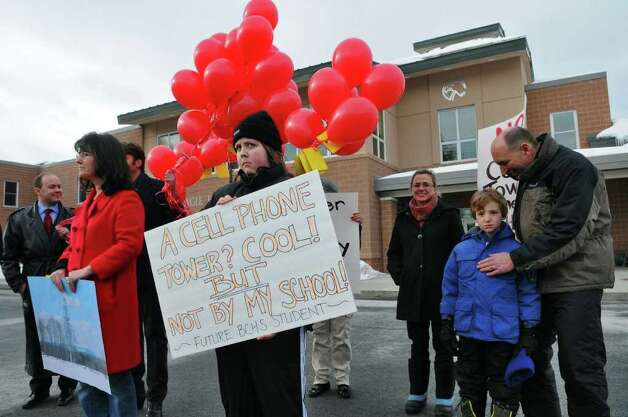Back in October last year, Thinksmallcell reported that Vigin Media in UK is deploying WiFi in pavements.
Ordinarily most operators prefer to install WiFi access points above ground, not least because it helps the 2.4GHz signal to propagate, but telecoms infrastructure owners like Virgin Media have a lot of manholes around the place that can also be used (makes it easier to tap directly into their core capacity links) and apparently this approach can still cover an area of up to 80 metres.
The use of a submerged rainproof access point, which sits beneath a specially developed resin cover, is certainly a different twist on the usual deployments. Never the less Virgin Media are also using plenty of traditional access points too, which have been discreetly installed on local street furniture.
Wireless antenna maker Kathrein has teamed with Ericsson and Swiss operator Swisscom to develop an in-ground antenna system that will help provide additional wireless coverage in densely populated areas. The technology, called the Kathrein Street Connect, was developed to help operators deploy additional cell sites in places where site acquisition is difficult due to zoning issues.
Kathrein designed the antenna while Ericsson provided the radio. The rugged solution was designed to withstand deploying in streets with heavy vehicle traffic. Currently there are 17 sites piloting the technology in Switzerland with plans for commercial deployment in 2016, said Jim DeKoekkoek, product line manager for antennas and filters at Kathrein, in an interview with FierceInstaller.
Its interesting to see that pavements and roads may become the new battleground for providing connectivity through Wi-Fi and Small Cells.
Related Posts:






















